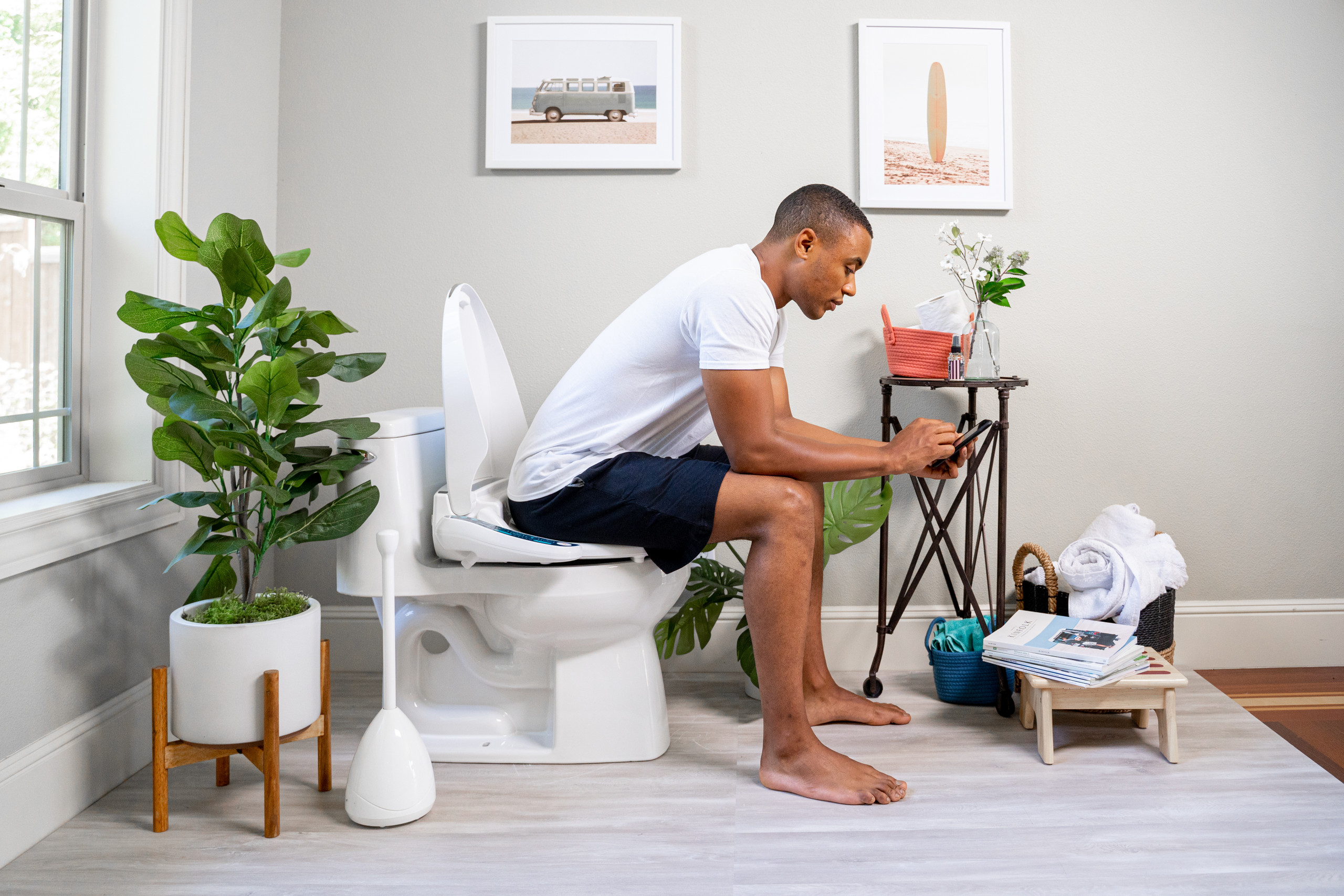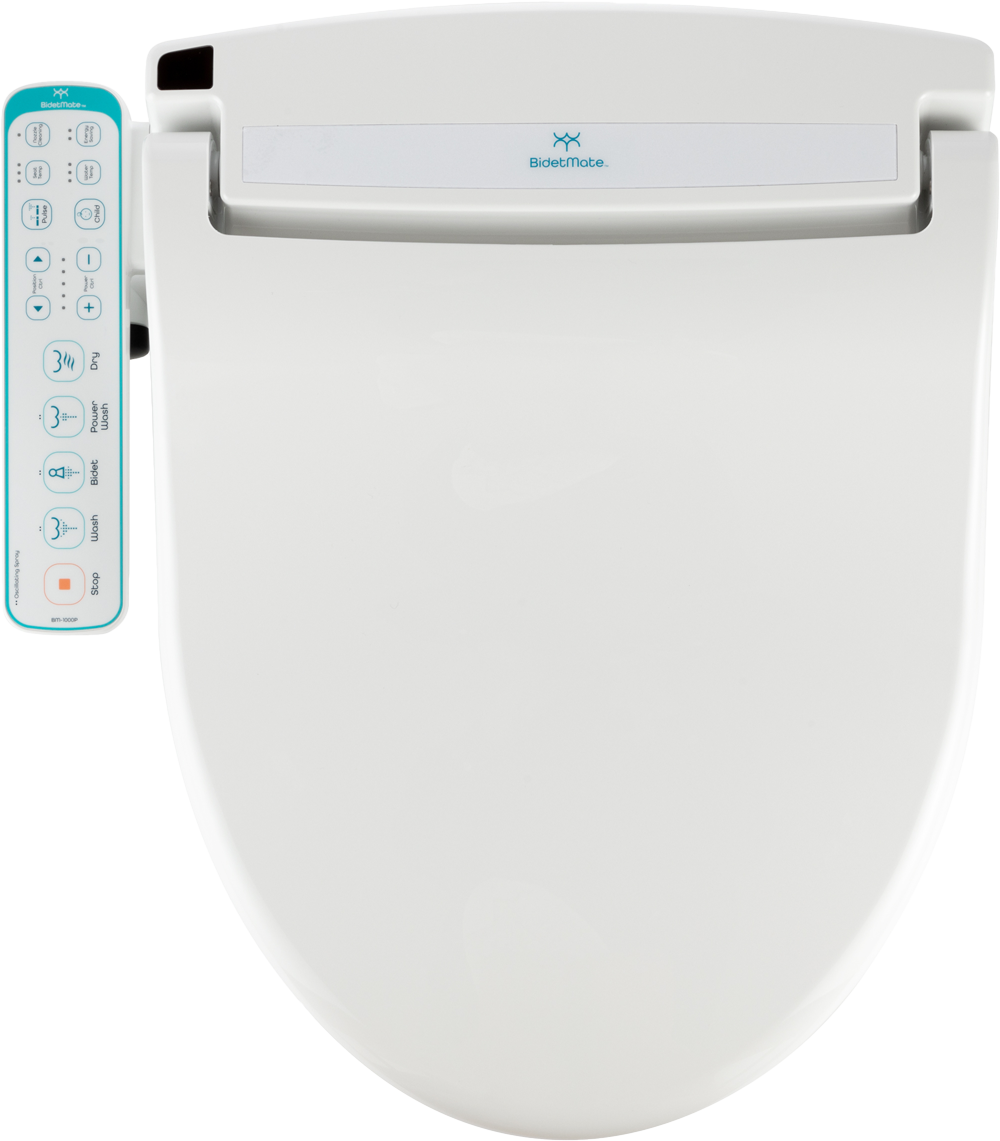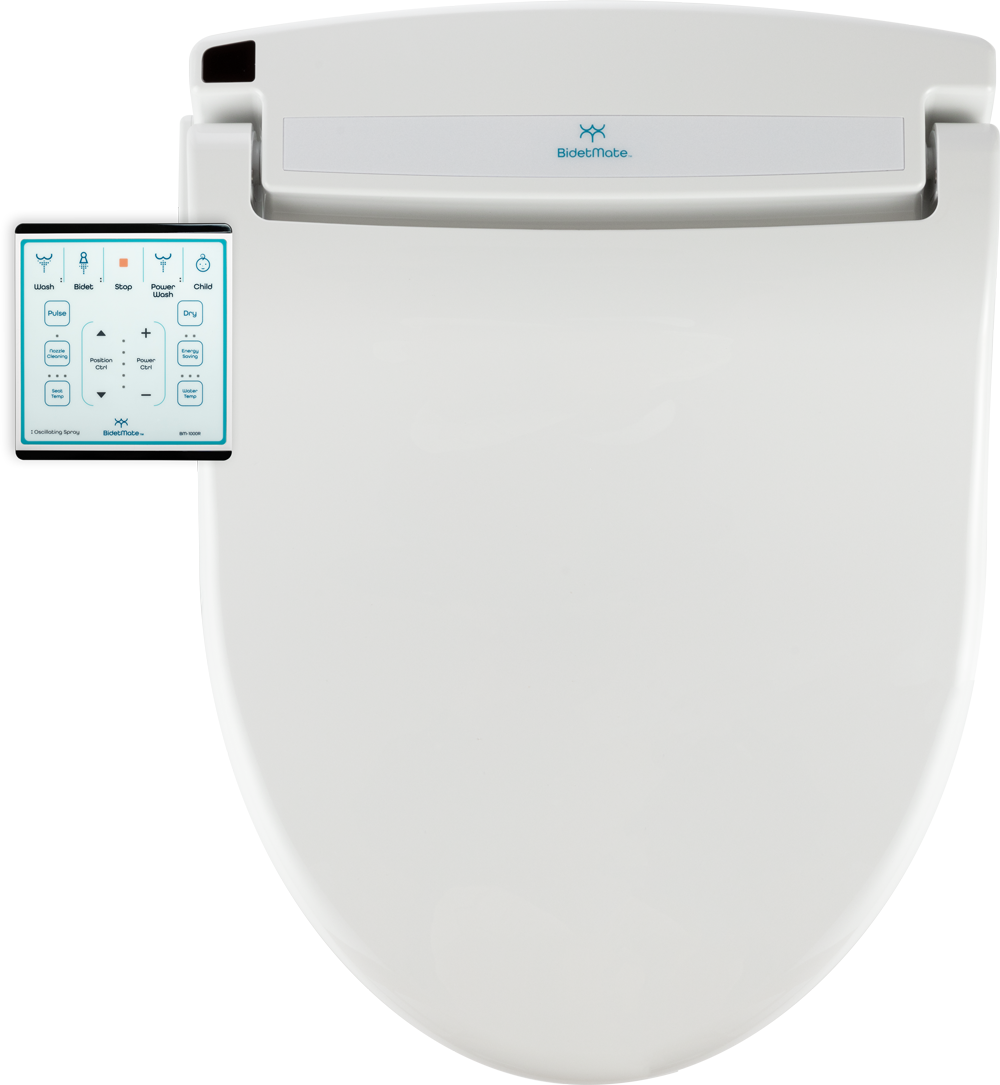The Cultural Significance of Bidets Around the World
Posted by Barry M. on 19th Aug 2024
As people become more environmentally conscious and hygiene-obsessed, bidets have undergone a surprising transformation - from curiosity to coveted essential. What bidets do for our backsides is just the beginning - they also represent a cultural identity that's closely tied to the communities that use them. What becomes clear when we look at how bidets are used across cultures is that each one is woven into the fabric of its own distinct customs and traditions. Get ready to wash away your assumptions - we're about to take a refreshing ride through the diverse customs and quirks surrounding bidets worldwide.
The Origin and History of Bidets
The bidet's history begins in 17th century France, where it was first invented. The word "bidet" comes from the French term for "pony," reflecting the straddling position one assumes when using the early versions of this fixture. Initially a basin filled with water, the bidet quickly became a symbol of cleanliness and sophistication among the French aristocracy.
As Europeans embracing the new sanitary novelty, bidets soon became a status symbol, nestled comfortably in the homes of the wealthy elite. In courtly Europe, refinement and cleanliness entwined to create an unshakeable bond, laying the groundwork for a global legacy that would unfold in the centuries to come.
Europe: The Heartland of Bidet Culture
In Europe, particularly in France, Italy, and Spain, the bidet is more than just a bathroom fixture—it's an integral part of daily life.
- France:As the birthplace of the bidet, France has a long history of integrating this device into daily hygiene practices. The humble beginnings of the bidet give way to a fascinating story of transformation, one that transformed it from a mere basin to a sophisticated fixture-now a staple in French bathrooms.
- Italy and Spain:In these countries, bidets are found in almost every home. Growing up in Italy or Spain means learning early on that cleanliness is a daily ritual, with bidets playing a starring role in the pursuit of immaculate hygiene – a benchmark for self-respect and dignity. It’s not uncommon for these fixtures to be included in the design of bathrooms in hotels, homes, and even some public spaces.
- Cultural Perceptions:Across Europe, the bidet is often viewed as a symbol of refinement. With it in place, you can bet on a hygiene-conscious, comfort-driven, and upscale living space that exudes refinement.
Asia: If you want to truly elevate your organization, you need to knit together innovative ideas with smart integration - it's a game-changer.
In Japan and South Korea, a bidet revolution is underway, with a technological makeover transforming this humdrum fixture into a flashy wonder.
- Japan:Japan is renowned for its innovation in bidet technology, especially with the introduction of the Toto Washlet in the 1980s. This electronic bidet seat packs a trio of thoughtful touches: warm water that hits your comfort zone, a blast of drying air, and a toasty warm seat to start your day off right. In Japanese culture, cleanliness is deeply valued, and the bidet fits perfectly into this tradition. Japanese culture values spotlessness, and bidets are a fundamental part of that meticulous attention to detail. Seeing them in both homes and public restrooms drives the point home: comfort and hygiene go hand in hand in Japan.
- South Korea:Like Japan, South Korea has embraced the bidet as part of its modern lifestyle. Modern South Korean living often means luxury toilet experiences, and that's where high-tech bidets come in - bringing a touch of opulence to daily life. South Korea's tech-savvy population has given the humble bidet a surprisingly cool status symbol.
- Cultural Significance:In both Japan and South Korea, the bidet is more than just a hygiene device; it represents the merging of tradition and innovation, reflecting cultural values of cleanliness, respect, and modernity.
Middle East and North Africa: A Longstanding Tradition
In the Middle East and North Africa, the concept of personal hygiene is deeply intertwined with cultural and religious practices.
- Islamic Practices:In many Islamic cultures, the practice of Istinja, or the cleaning of oneself after using the bathroom, is an essential part of daily life. Bidet sprayers, often referred to as "shattaf" in Arabic, are widely used to perform this ritual. The bidet’s role in maintaining cleanliness is not just a matter of preference but a religious obligation.
- Cultural and Religious Importance:The emphasis on cleanliness in Islamic teachings makes the use of bidets particularly significant in this region. In modern Middle Eastern homes and public spaces, bidet sprayers are ubiquitous, reflecting their cultural and religious importance.
South America: Adoption and Adaptation
In South America, particularly in countries like Brazil and Argentina, the bidet is a common bathroom fixture, reflecting European influences.
- Brazil and Argentina:The widespread use of bidets in these countries can be traced back to European immigrants who brought the tradition with them. As bathrooms in South America evolved, the bidet naturally became a staple in many homes.
- Cultural Reflection:In South America, a bidet in the bathroom is a status symbol, a remnant of European styles that filters down to the wealthy and upper-middle class. Comfort and cleanliness go hand in hand with the bidet, yet its use is heavily influenced by socioeconomic factors.
North America: Growing Awareness and Adoption
In North America, bidets have historically been less common, often seen as a luxury or even misunderstood. Lately, people have started to catch on and climb aboard.
- Historical Reluctance:In the United States and Canada, the bidet was long considered a foreign oddity. Cultural reluctance and misconceptions, including associations with European luxury or unnecessary extravagance, limited its widespread adoption.
- Recent Surge in Popularity:The past decade has seen a shift in attitudes, driven by environmental concerns and a growing awareness of the health benefits of bidets. The COVID-19 pandemic brought on a mass scramble for toilet paper, and bidets suddenly became a no-brainer for those looking for a practical way to break free from the frenzy.
- Cultural Shifts:As North Americans become more conscious of sustainability and personal hygiene, bidets are increasingly viewed as a modern, eco-friendly option. This cultural shift is reflected in the rising sales of bidet attachments and bidet toilet seats in the region.
Global Variations and Customs
The design and use of bidets vary widely across the world, influenced by cultural norms and preferences.
- Design Differences:In Europe and South America, standalone bidets are common, while in Asia, electronic bidet seats with advanced features are preferred. In the Middle East, handheld bidet sprayers are the norm.
- Cultural Norms:In some cultures, the bidet is a standard fixture in every home, while in others, it is considered a luxury. Cultural norms surrounding cleanliness and personal comfort are manifesting in these differences.
- Public Perceptions:The bidet can be seen as a symbol of luxury in some regions, while in others, it is a standard part of everyday life. From cultural norms to economic conditions, social pressures too, all these factors heavily influence our perceptions.
The Future of Bidets in Global Culture
As globalization continues to spread ideas and technologies, the use of bidets is likely to grow and evolve.
- Globalization’s Role:With the mixing of cultural practices and the rapid pace of technological progress, we can expect to see bidets popping up in regions where they were previously unheard of. What starts as a trickle of curiosity about bidets can quickly become a full-blown phenomenon, transforming the face of bathroom routines.
- Environmental and Health Trends:The growing focus on sustainability and health is likely to drive further adoption of bidets. The days of toilets soaked in reams of paper are numbered, thanks to bidets that shower our behinds in water – a cleaning method so sound, it'll alter our thinking on green living.
- Building the roadmap to tomorrow starts here.Comfort, convenience, and cleanliness – these are the areas where bidet technology is poised to make its biggest impact in the years to come. Expect to see a wave of innovative features that cater to our everyday needs. What was once a luxurious novelty is fast becoming an essential component of modern living: bidets are taking the world by storm, one bathroom at a time.
It's high time we cut to the chase and delivered the goods - a comprehensive conclusion that'll leave you feeling satisfied. No filler, all meat.
In a way, a bidet is like a snapshot of a community's values and inventive spirit - an everyday object with a rich cultural backstory. Back in the 17th century, France kick-started a hydraulic hygiene revolution with the bidet, which eventually went on to captivate hearts and homes worldwide, proudly embodying cleanliness, comfort, and refinement. Imagine traveling the world, and with each stop, you encounter a different approach to personal hygiene. Bidets are a fascinating case in point, revealing the influence of history, religion, and social norms on how we keep ourselves clean.













 END Shopper Approved - templates/layout/base.html
END Shopper Approved - templates/layout/base.html